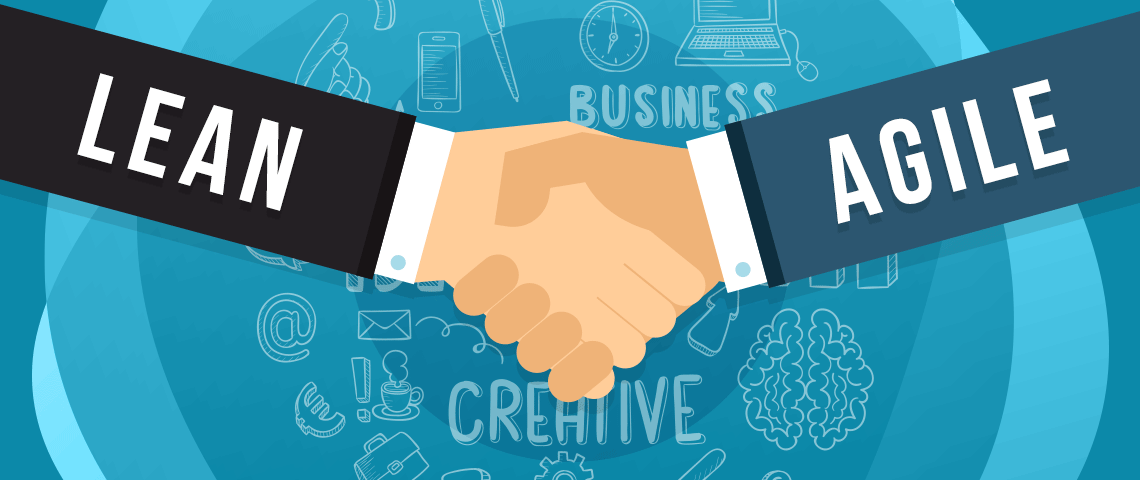
Lean Startup and Agile (whether the latter is Scrum, Extreme Programming, or Kanban) share common roots in Lean Manufacturing, the work Deming did with Toyota beginning in the 1950s to increase quality and throughput through teamwork. (Lean was virtually synonymous with the word Kanban just a few years ago, in programming, until the advent of Eric Ries’ book Lean Startup usurped the word.)
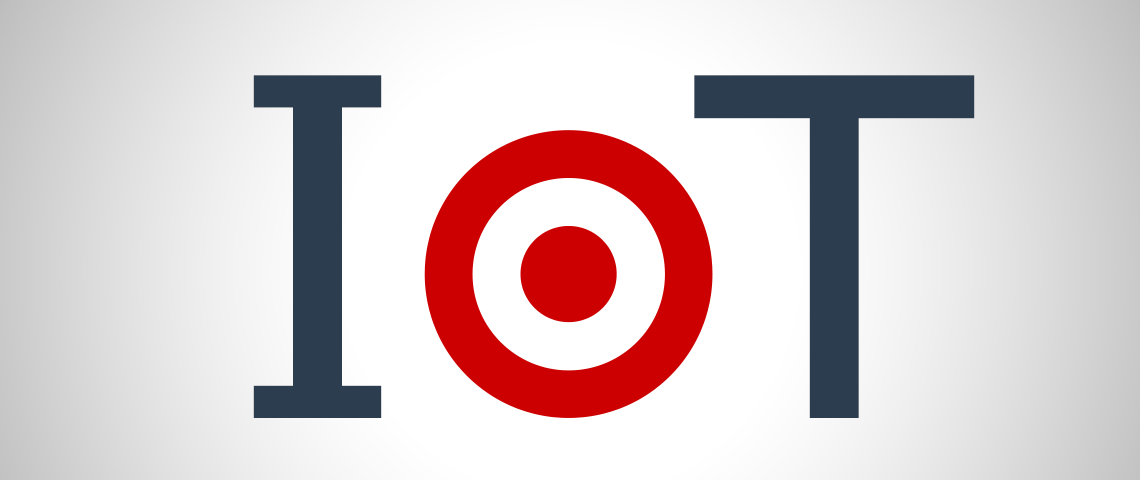
Technology in it of itself is not a cure all to innovation. Technology needs to map to business objectives which in turn are derived from the changing market landscape. In this post, we highlight one impressive example of corporate innovation done right: namely Target’s efforts in leveraging its mid-market consumer brand to take advantage of the trends happening in the Internet of Things (IoT) technology space.
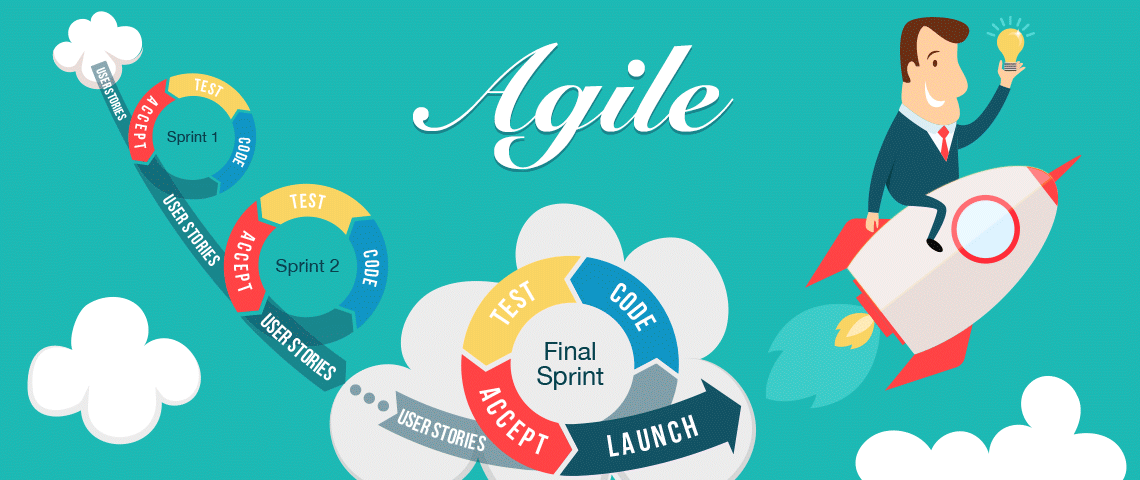
Many small and medium-sized businesses (SMEs) as well as larger, established, companies are augmenting their brick and mortar presence with an online presence. Concurrently, Agile Software Development Methodology (“Agile”) has been almost universally adopted by venture-backed software companies. In the following, SVSG offers a primer to SMEs on how to get started with Agile: what must be done right at the onset, and what to avoid.
CTO panel event video: Highlights from our September 2, 2015 “Finding Your CTO” event. Host: Matt Swanson, Managing Partner of Silicon Valley Software Group. Panelists: Chakri Uddaraju, VP engineering at Hired, bethanye McKinney Blount, reddit’s first VP of engineering and Roger Toor, CTO of simplifund.

A few nights ago I attended a SVSG panel discussion, which focused on the attributes of a successful startup CTO. Broadly speaking, there was agreement that the CTO has to have business sensibility, understand the product, and take a primary role in the development. However, based upon some of the questions that followed, it seems there may be some value to further elaborate on what the role entails and how it co-exists or overlaps with the roles of product management, VP engineering, lead developer and software architect.
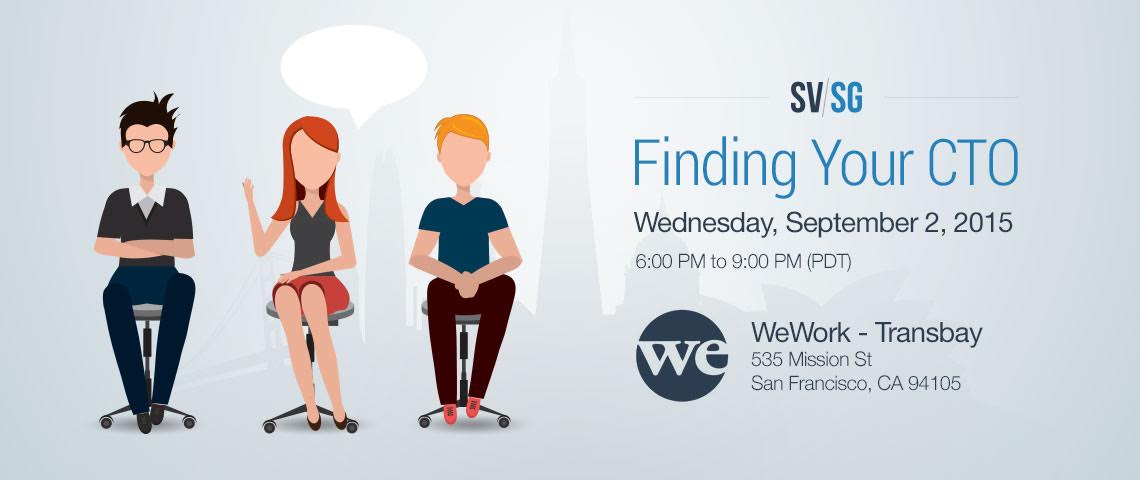
Everyone knows that finding great engineers is difficult, but even more challenging is finding a great technology leader. For a technology company, there are many important software decisions to be made. Getting them wrong can cost you big down the road. Thus, finding the right senior, strategic-level technology expert is critical to the success of […]

The Lean Startup is now a ubiquitous, well understood approach to business innovation, but it often unravels when put into practice. The bias of the entrepreneur or technology executive can lead to delays, expanded budgets and aimless results. This should not be wholly unexpected, as misuse has long plagued Lean’s forebear, the scientific method.

Last month, WeWork announced a massive ~$450M fundraise that values the company at $10B. As with much of the recent fundraising news, the immediate speculation from media outlets was that this is yet another sign of “the bubble” forming in Silicon Valley. We would like to offer a different perspective.
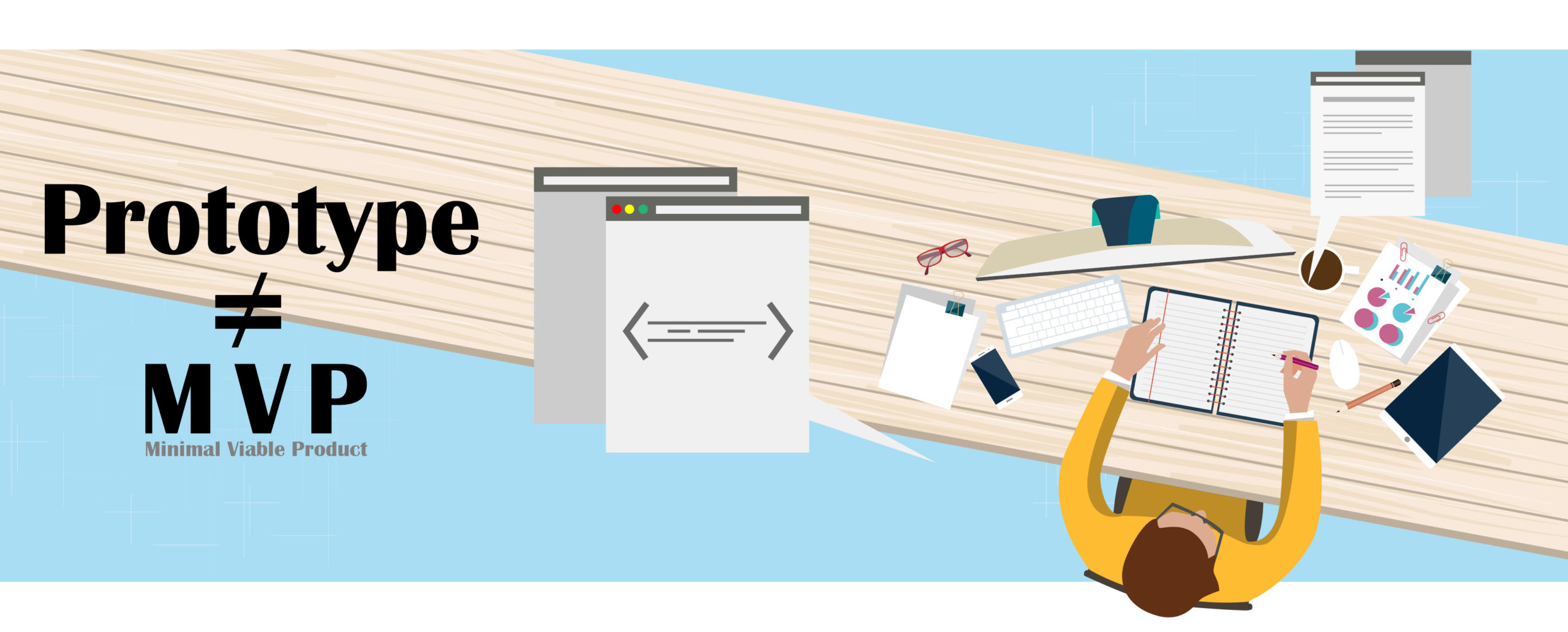
First time founders often miss the difference between a prototype and a MVP (minimum viable product). In this post, we explore the difference.
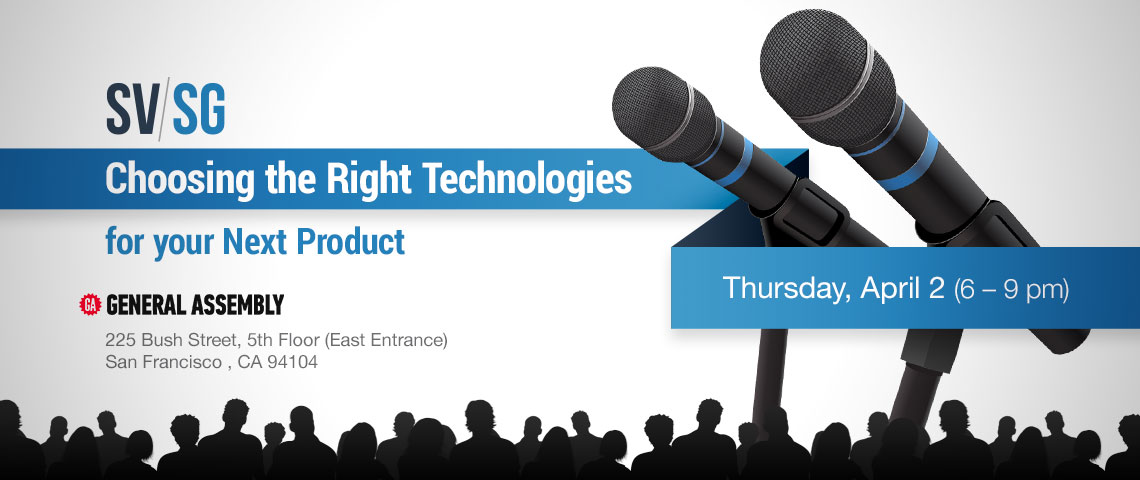
Hear from a panel of experienced CTOs discussing best practices for choosing the right technologies, engineering team and lean practices for your Next Product. When: April 2, 2015, 6PM-9PM Where: General Assembly – 225 Bush Street, 5th floor (East Entrance), San Francisco, CA 94104